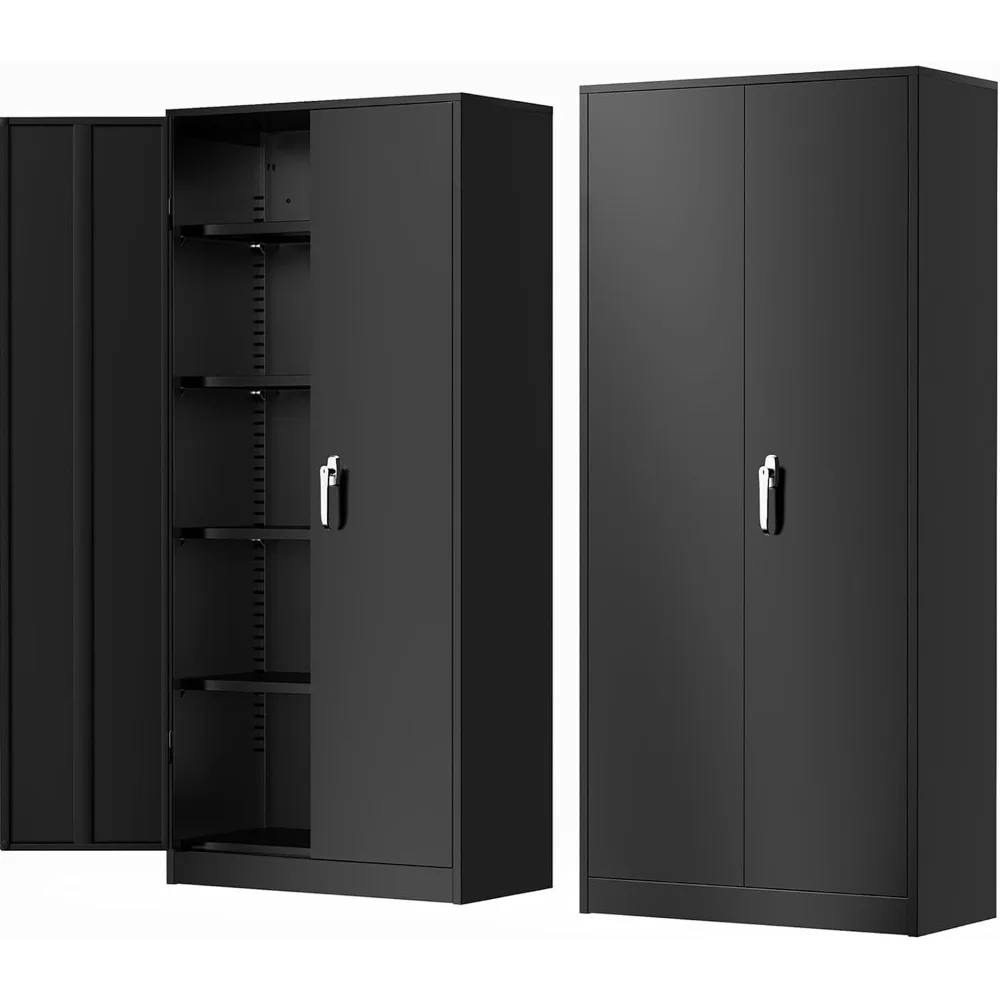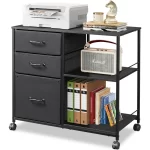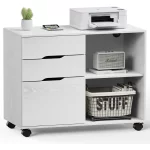Protecting sensitive documents is crucial, whether at home or in a professional setting. The best way to secure your documents is by using a locking filing cabinet. These cabinets offer not just storage but also enhanced security for your important files. This article will help you understand what to look for in the best locking filing cabinets, covering various aspects such as material, locking mechanisms, size, and additional features.
Importance of Secure Filing Cabinets
Before diving into the specifics, it’s essential to understand the importance of having a secure filing cabinet. Securing sensitive documents goes beyond mere organization. It plays a critical role in safeguarding personal and professional information, ensuring privacy, and preventing unauthorized access.
Confidentiality: Whether it’s personal documents like birth certificates, passports, and wills, or professional documents like client records and proprietary information, confidentiality is paramount. A locking filing cabinet ensures that only authorized individuals can access these sensitive files.
Preventing Theft: In both home and office settings, the risk of theft is always present. Storing documents in a secure, locking filing cabinet minimizes the risk, providing a robust layer of protection against burglars and unauthorized personnel.
Organizational Efficiency: Aside from security, locking filing cabinets help in maintaining organizational efficiency, making it easy to categorize, store, and retrieve documents as needed. This can be crucial for smooth business operations and reducing clutter at home.
Compliance with Regulations: In many professions, especially those dealing with financial or medical records, compliance with privacy regulations like GDPR, HIPAA, and others is mandatory. A secure filing system ensures adherence to these legal requirements, avoiding potential sanctions and fines.
Understanding these fundamental aspects highlights why investing in the best locking filing cabinets is a prudent decision for anyone handling critical documents.
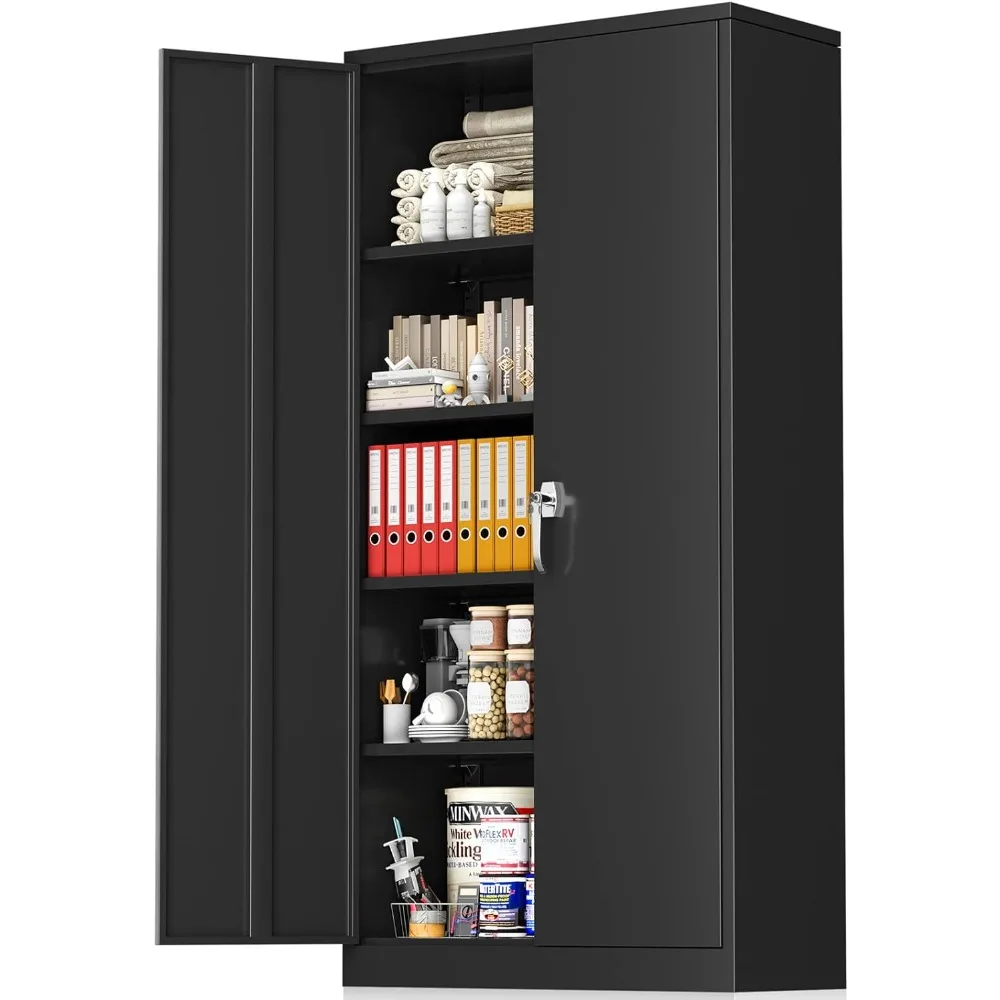
Material and Build Quality
The material and build quality of a filing cabinet play a significant role in its durability and security. Here’s what to look for:
Metal Cabinets: Metal filing cabinets are among the most secure and durable options available. Typically made from steel, these cabinets are fire-resistant and difficult to break into, offering optimal protection for your documents. Look for cabinets with reinforced steel for added security.
Wooden Cabinets: While wooden cabinets can be aesthetically pleasing and complement home or office decor, they are generally less secure than their metal counterparts. Opt for hardwood or plywood constructions with sturdy locks if you prefer the look of wood.
Plastic Cabinets: Plastic filing cabinets are lightweight and often cheaper, but they offer the least amount of security. These are suitable for less sensitive documents but are not recommended for critical files.
Build Quality: Regardless of the material, ensure the cabinet is built to high standards. Check for well-finished edges, sturdy construction, and reinforced joints. The drawers should open smoothly and be able to support the weight of the documents without sagging or sticking.
Fireproofing: Some high-quality locking filing cabinets are designed to be fireproof or fire-resistant. These cabinets can withstand high temperatures for a certain period, protecting your documents in case of a fire. Look for certifications indicating the level of fire resistance.
Investing in a filing cabinet with good material and build quality ensures longevity and robust protection for your documents.
Locking Mechanisms
The locking mechanism is one of the most crucial features of a filing cabinet. Different types of locks offer varying levels of security:
Key Locks: This is the most common type of lock found in filing cabinets. Key locks can be quite secure, provided they’re made from high-quality materials. However, the risk exists of lost or duplicated keys. Look for cabinets that come with a pair of keys and a key management system.
Combination Locks: These locks require a numerical code to open the cabinet. They eliminate the need for keys, thereby reducing the risk of key loss or duplication. However, you must remember the combination, and there’s a slight risk of someone guessing the code.
Electronic Locks: Advanced electronic locks use keypads or biometric systems, such as fingerprint recognition. These offer a high level of security and convenience, but they also depend on battery life or electrical power. For business environments, electronic locks can be particularly effective, allowing for quick access while maintaining high security.
Dual Locking Systems: For ultimate security, some cabinets come with dual locking systems that combine two types of locks, such as a key lock and a combination lock. This added layer of security can be crucial for highly sensitive documents.
Tamper-Proof Features: Look for cabinets with tamper-proof features like lock covers, anti-pick mechanisms, and reinforced lock housing. These measures make it more difficult for unauthorized individuals to break into the cabinet.
Choosing the right locking mechanism is vital for ensuring the security of your documents based on your specific needs and environment.
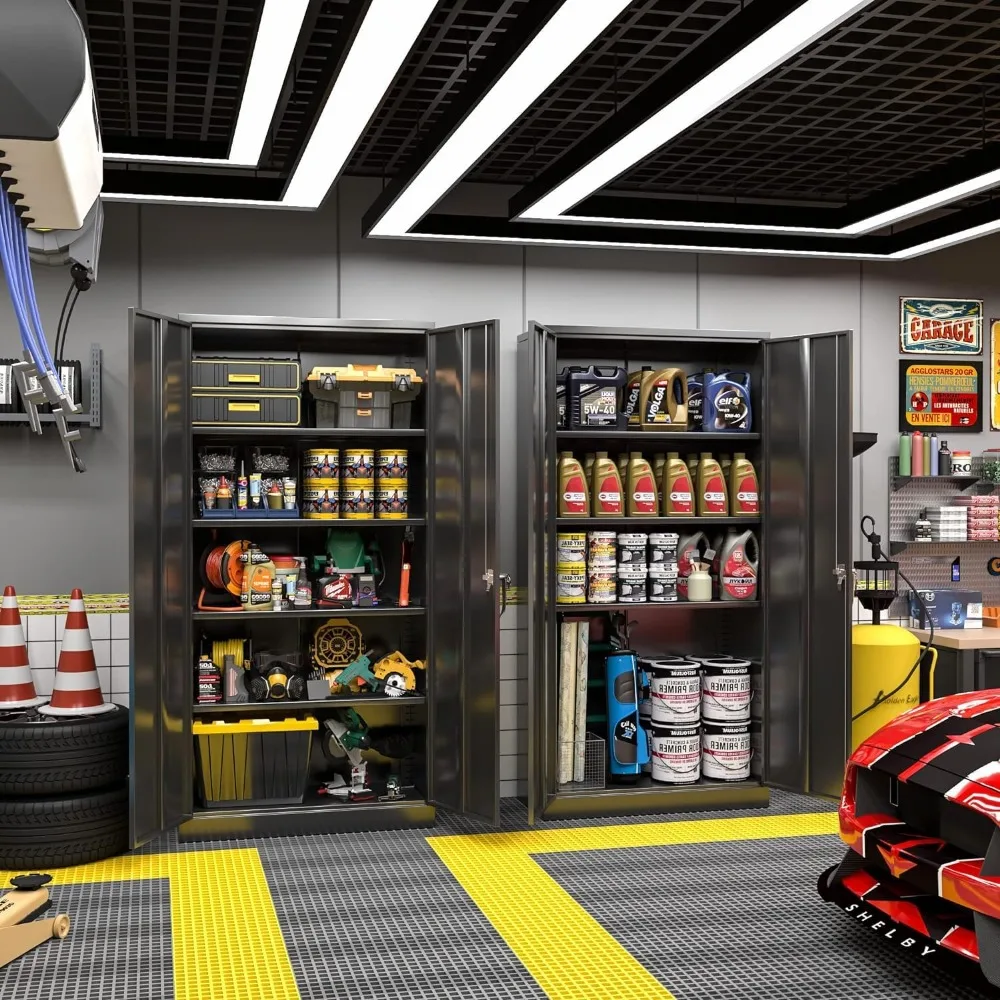
Size and Capacity
Another critical factor to consider is the size and capacity of the filing cabinet. This ensures it can accommodate all your documents without taking up unnecessary space.
Number of Drawers: Filing cabinets come in various configurations, typically featuring two, three, four, or five drawers. Consider the volume of documents you need to store to determine the number of drawers required.
Drawer Size: The size of the drawers themselves is also important. Legal-size drawers are larger and can accommodate both letter and legal-sized files. In contrast, letter-size drawers are smaller but may be sufficient for your needs if you don’t deal with legal-sized documents.
Vertical vs. Lateral Cabinets: Vertical filing cabinets have drawers that extend more in height than in width, making them suitable for narrow spaces. Lateral filing cabinets, on the other hand, have wider but shorter drawers, offering more accessibility and storage space. Choose the type based on the available space and your storage requirements.
Weight Capacity: Check the weight capacity of each drawer to ensure it can handle the load of your documents. Overloading drawers beyond their weight capacity can lead to sagging or damage over time.
Space Considerations: Measure the available space where you plan to place the filing cabinet. Ensure there is enough room to fully extend the drawers without obstruction. Consider cabinets with wheels if you need mobility or plan to move the cabinet frequently.
Picking the right size and capacity ensures that your cabinet meets your storage needs without overwhelming the space available.
Additional Features
Modern locking filing cabinets come equipped with various additional features designed to enhance security, functionality, and convenience.
Anti-Tip Mechanism: One of the safety concerns with multi-drawer filing cabinets is the risk of tipping over, especially when multiple drawers are open simultaneously. Look for cabinets with an anti-tip mechanism that allows only one drawer to open at a time.
Drawer Dividers: Built-in drawer dividers or adjustable partitions can help keep your documents organized within each drawer. This feature can be particularly useful for categorizing files or segregating personal and professional documents.
Label Holders: Exterior label holders provide a convenient way to identify the contents of each drawer without having to open it. This makes file retrieval quicker and more efficient.
Wheels/Casters: Filing cabinets with wheels or casters are easy to move, providing flexibility in room layout. Look for sturdy, lockable casters to keep the cabinet mobile when needed and stationary when in use.
Backup Keys: Cabinets with key locks should ideally come with at least two keys to each lock. Some models also offer a master key that can open all locks, useful in an office setting where multiple cabinets are used.
Internal Compartments: Some filing cabinets feature internal compartments or smaller locking sections within the drawers. These are excellent for storing smaller items like USB drives, hard drives, or particularly sensitive documents that require an additional layer of security.
Color and Finish: While security is paramount, aesthetics play a role too. Choose a finish and color that blend well with your office decor. Cabinets are available in a variety of colors and finishes, from sleek metal shades to elegant wooden textures.
By opting for a filing cabinet with these additional features, you can enhance its functionality and make document management even more efficient.
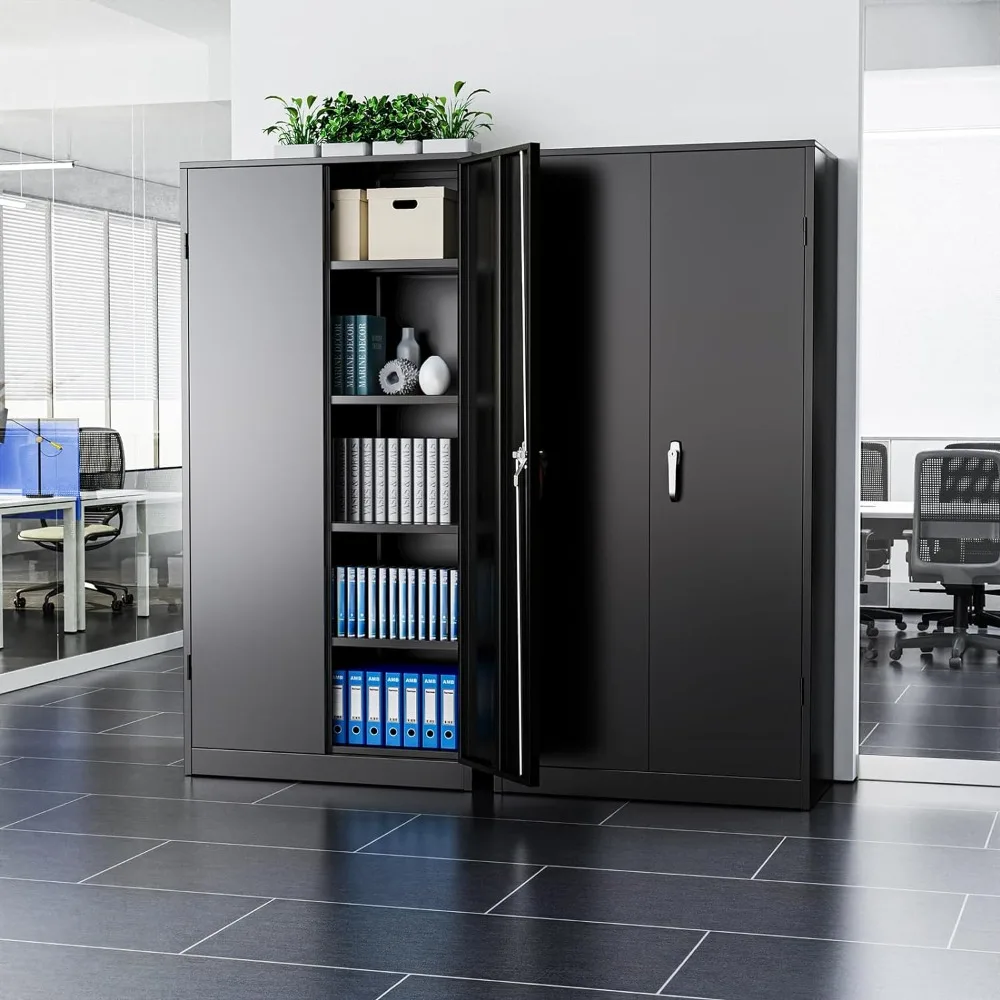
Conclusion
Securing your documents is a responsibility that shouldn’t be taken lightly, whether at home or in a professional setting. Understanding what to look for in the best locking filing cabinets allows you to make an informed decision that meets your security, organizational, and aesthetic needs.
From recognizing the importance of secure storage and selecting high-quality materials to choosing the right locking mechanism, size, and additional features, each aspect plays a vital role. Considering brand reputation, customer reviews, cost, and proper installation further enhances your filing system’s reliability and efficiency.
By prioritizing these factors, you’ll be well-equipped to select a locking filing cabinet that not only protects your sensitive documents but also provides long-term value and peace of mind. Secure your documents effectively by investing in the best locking filing cabinets tailored to your specific requirements.
